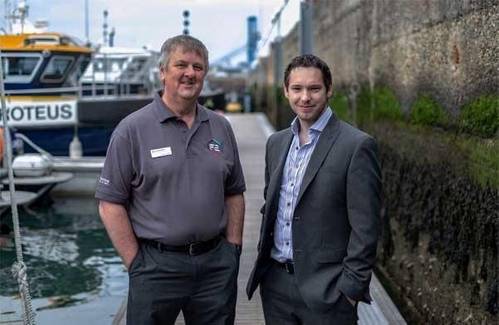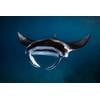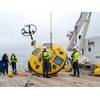Güralp and Sonardyne Partner
GÜRALP AND SONARDYNE TEAM UP TO PROVIDE ADVANCED SEABED EXPLORATION AND RESEARCH TECHNOLOGY
Seismic monitoring instrumentation and solutions provider Güralp Systems Ltd. and Sonardyne International Ltd. have signed an agreement to cooperate in the provision of multidisciplinary ocean bottom research technology, including capabilities for earthquake or tsunami detection.
The official Teaming Agreement, announced at the European Association of Geoscientists and Engineers (EAGE) conference in London on Tuesday, will enable the two companies to collaboratively provide more advanced and efficient technology for in-situ seismic and seabed monitoring.
Güralp has more than 30 years’ experience in the design and manufacture of broadband seismometers and accelerometers, while Sonardyne’s experiences stretches to more than 40 years of experience in long-endurance data collection and through-water telemetry. As a consequence, clients globally will benefit from a combined offering of technology for seismic data gathering, seabed deformation monitoring and tsunami detection, as well integrated acoustic positioning and telemetry for remote data access.
At the heart of the cooperation is Güralp’s new Aquarius Ocean Bottom Seismometer (OBS). Comprising of a digital feedback tri-axial broadband seismometer, three-axis magnetometer, a micro-electric mechanical system (MEMS) accelerometer and absolute pressure gauge, Aquarius is also equipped with Sonardyne’s 6G Wideband low-mid frequency (LMF) acoustics.
The low profile and compact design of the Aquarius minimizes flow noise, but also makes it the most compact telemetry-enabled OBS available in the market. Available in two variants, the Aquarius is capable of 12 or 18 month deployments depending on the system options selected. These options include instrument configuration, transmission of state of health and triggered event or snippet data transmission at up to 9,000 bps.
6G-inside capability also means that Aquarius is compatible with a range of other Sonardyne technologies, including Ranger 2 Ultra-Short BaseLine (USBL) positioning and telemetry, as well as its unmanned surface vehicle (USV) GPS-Acoustic payload box and Tsunami Detection System.
Both companies have global reputations for provision of class-leading technology to academic, public, governmental and private organizations for understanding and exploring our world. As a consequence Güralp and Sonardyne are confident that closer cooperation will lead to a further step-change in the solutions available to customers.
Geraint West, Global Business Manager, Ocean Sciences, Sonardyne, said, “We really welcome closer cooperation with Güralp. Our overlapping markets and complementary technologies mean that we have the potential to transform what we can individually offer to our customers.”
Neil Watkiss, Commercial Director, Güralp, said, “The Sonardyne technology that we are utilizing in the Aquarius is allowing us to re-define what is possible with broadband OBS. This agreement offers potential for further exciting product advancements on both sides and we look forward to further exploring the possibilities with the Sonardyne team.”














 August 2025
August 2025



